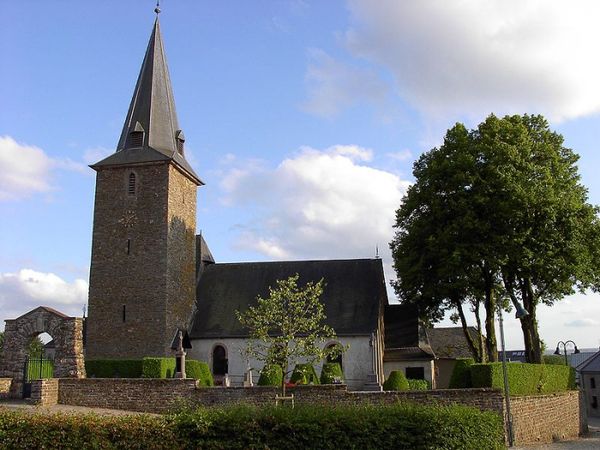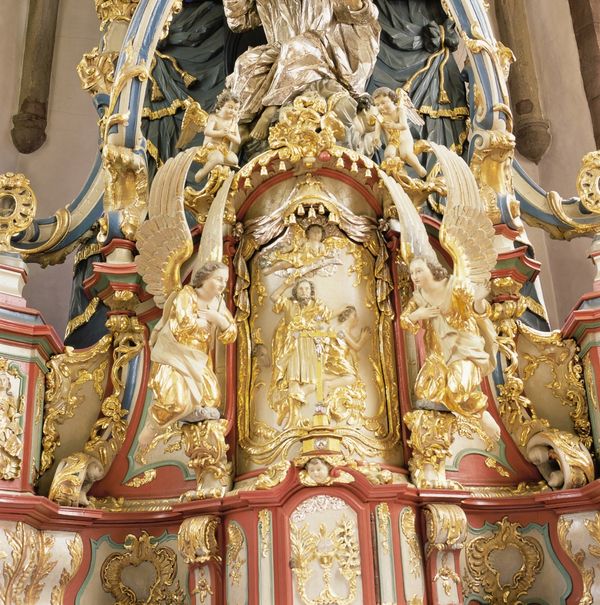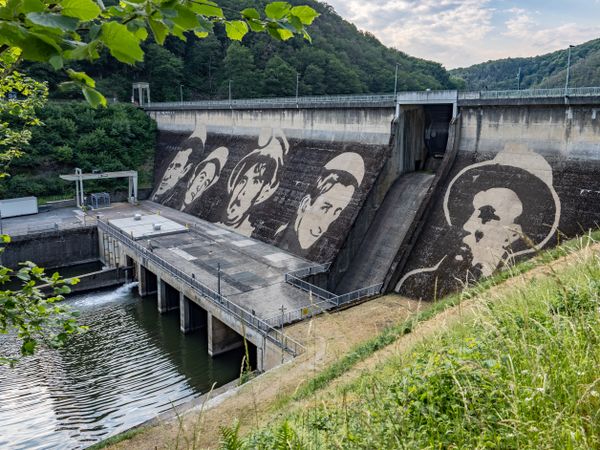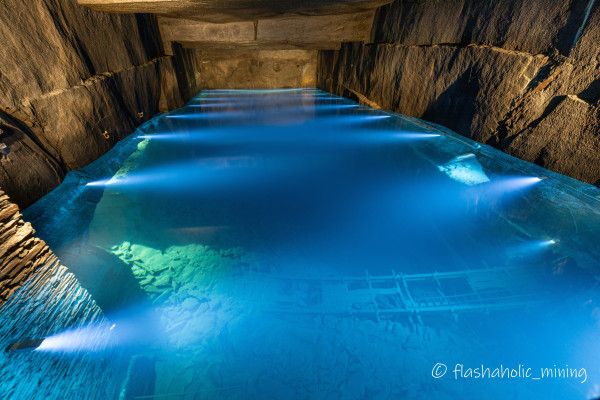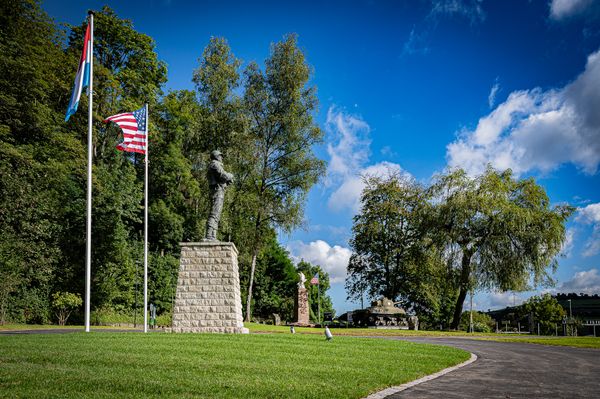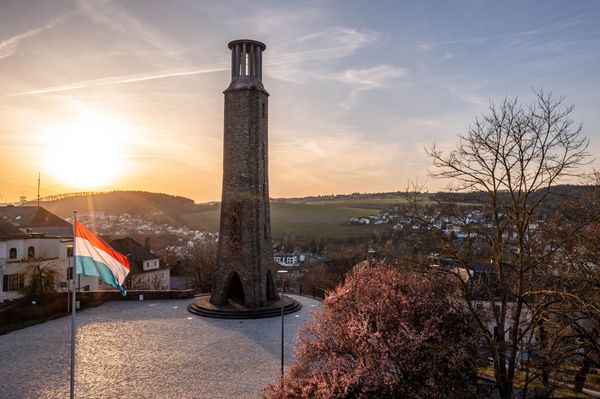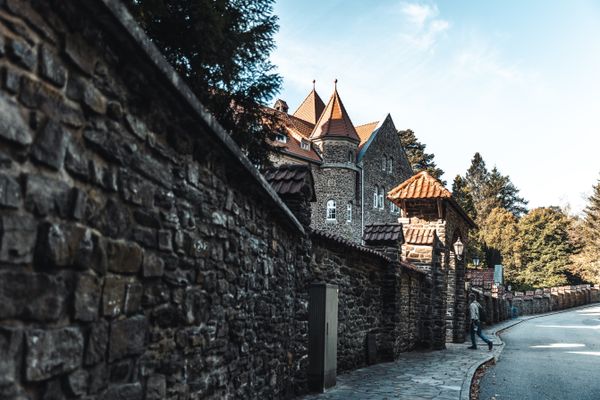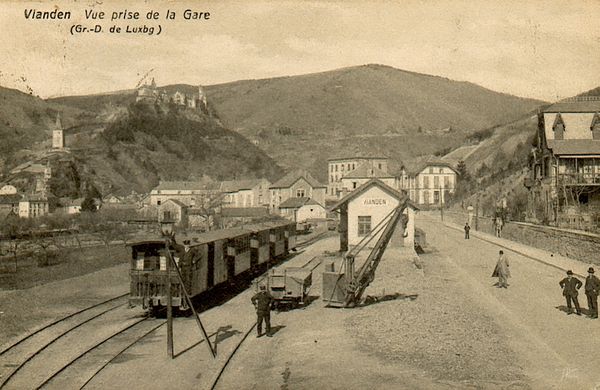

Saint-Michel Chapel
The Saint-Michel Chapel towers high above Oberschlinder, surrounded by forest and accessible via hiking trails.
The Chapel of St. Michel in the Schlënner Valley is a hidden gem from the former village of Oberschlinder. Amidst the enchanting landscape of the Éislek, in the north of Luxembourg, the valley stretches between Schlindermanderscheid and Hoscheid.
The Chapel of St. Michel tells a fascinating story. It was once located in the heart of a thriving village. Today, however, only a few traces of Oberschlinder remain. In addition to the preserved chapel, there was once a school, a tannery and mills. The first mentions of this area date back to 1349. Life in the valley was arduous and people tried to survive by farming and handicrafts: On the steep slopes, only sheep breeding and wood exploitation are possible; in the valley, the land areas are small and not very fertile.
In the 1820s, the village consisted of 20 houses with a peak of 69 people in 1827. Before a slow depopulation set in.
The valley of the "Schlënner" is known to have experienced a rather late emigration. The industrial revolution from 1870 onwards also marks the beginning of a well-known period of emigration of Luxembourgers towards the American continent (1845-1918). Between 1863 and 1895, the population decreased by a third. The last birth took place in 1918 and in 1922 there were only 13 inhabitants. Forced by the Nazis to stand up for them if they did not want to be deported, and looking for hiding places in the surrounding forest bunkers, the last inhabitants left the village just after the Second World War in 1948.
The historical context of this place is also reflected in the architecture of the chapel. Simple yet impressive, the Chapel of St. Michel presents itself with a rectangular exterior, a short Romanesque canopy and a gentle bell tower. Its interior surprises with an octagonal shape - a quiet space with narrow windows that shine in warm light. Simple elegance characterises the interior, which is deliberately devoid of excessive furniture and decoration.
The main altar, a work of art in pink sandstone and bronze, tells the story of Sainte Cunégonde. Artist Bettina Scholl-Sabatini designed this altar in the early 1980s, and the sculptures reflect its importance to local history.
The Chapel of St Michel is far more than just a building - it is a living monument. In the middle of the Schlënner Valley, it links the historical significance of the region with the natural beauty of the landscape. As one of the last testimonies of the vanished Upper Schlënner, it attracts visitors looking for peace, history and a unique place. Its simple beauty, combined with its turbulent history, make it a place of historical, architectural and aesthetic importance.
It is accessible via the Éislek Pad Hoscheid and the Escapardenne Lee Trail, among others.
Opening hours

